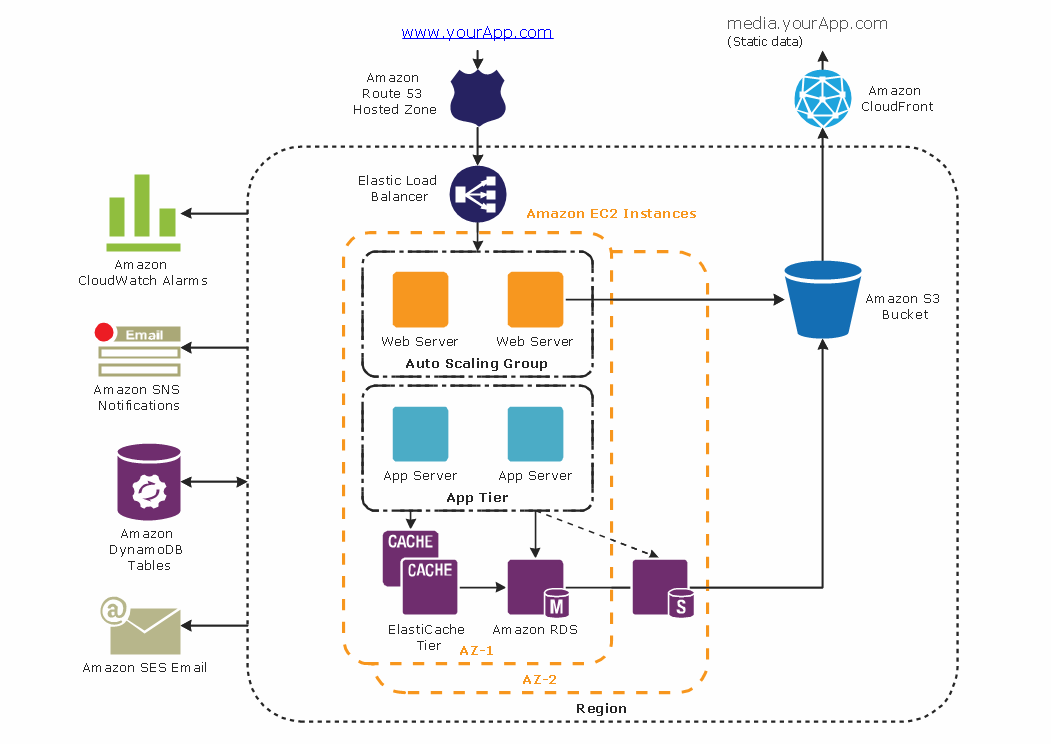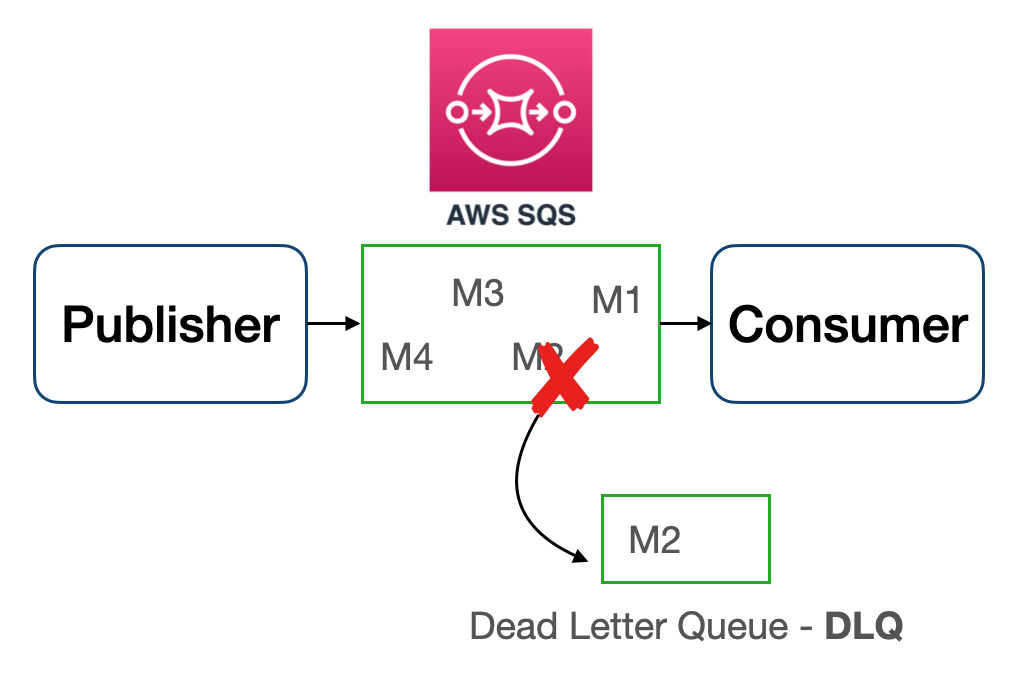

Remember that we can set up that CloudWatch alarm to watch that queue depth because if our queue begins to fill up, we will be of an aware big problem. But they’re merely a spot to hold our message. They’re simply normal SQS queues with all the same characteristics and configurations as our primary queue. We always use the term “temporarily” is because, as we noticed, dead-letter queues aren’t different from the regular queue. Our first exam advice: the dead-letter queue are the most promising sideline, and in fact, is the only one where we can take our SQS messages with problems and temporarily put them aside. Also, if new messages are sent to the dead-letter queue, we can begin another redrive task once the last task is finished. It only redrives the messages available in the dead-letter queue when we start the redrive task. Dead-letter queue redrive is an asynchronous workflow. We can even examine the message attributes and corresponding metadata available for unprocessed messages in the dead-letter queue.


So the DLQ Redrive goal is moving standard unconsumed messages out of a dead-letter queue back to its source queue(s). In December 2021, AWS launched a new ability to improve the SQS dead letter queue: SQS Dead Letter Queue Redrive to allow SQS to manage the lifecycle of unconsumed messages stored in Dead Letter Queue. Hopefully, that gives us a practical concept of what it looks like to transmit and receive messages and the goal of that dead-letter queue to sideline the message, so it doesn’t just get read and processed repeatedly by our backend server. So, we can always check how many times we received the message. That received count carries over with the messages. So let’s see how we can resolve it using a simple approach: dead-letter queue. But, honestly, it’s a lot easier than you think. Then the message would be removed, and we would lose that message forever.Īnalyzing that problem, how can we resolve it? You may be thinking that we will present a vast and complex solution. So it would return and remove it from the queue, but the visibility timeout would reach the maximum period, and the message would appear again.Īnd this process would continue several times until we reach the maximum retention window for our queue, which is at most 14 days (depending on your configuration). So, then other backend servers would pull that same message, have the same problem with it. The message will be delivered without any issue to the queue, the backend server would pull the message, and it would fail to process it accurately, and the message would return to the queue again. Now, what would occur if there was an issue? For example, if the user made an error, like putting a wrong address in that order, where they accidentally put their email address in the address field, and the frontend application didn’t validate that field? SQS Receive Message Loop


 0 kommentar(er)
0 kommentar(er)
